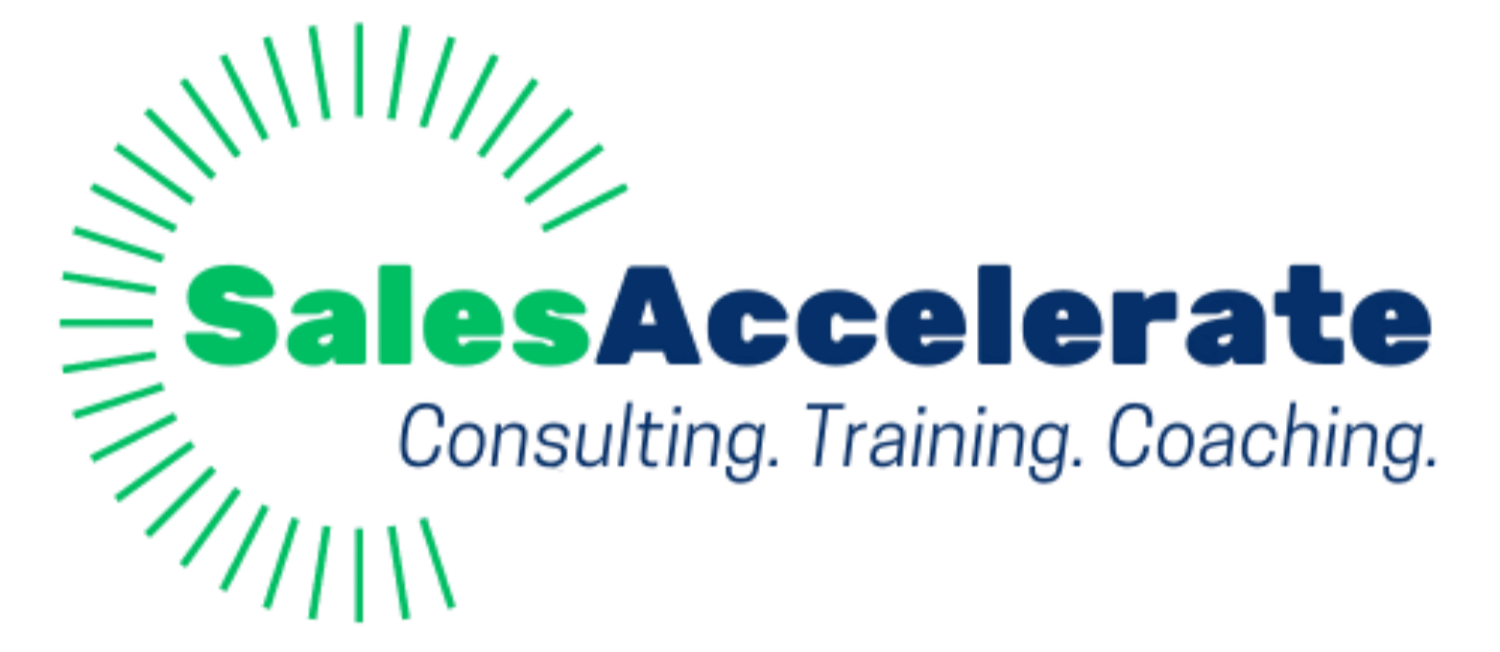The SalesAccelerate Approach
Having a sales methodology that aligns with your buyer’s internal processes and challenges allows the seller to guide them through buying—rather than trying to convince them to buy.
-
In the qualification stage, sellers often focus narrowly on whether a contact is a true prospect or just a suspect—typically by asking if there’s a project or budget. A more effective approach is to uncover a Compelling Event: a specific deadline, problem, or missed opportunity that creates urgency and drives the customer to act.
-
In the Discover Stage, many sellers either rush past it, jump into a demo, or start pitching their solution too soon. The result: they fail to fully understand the customer’s current state—the people, processes, and information in play. They overlook the true impact of the Compelling Event, and they miss the root cause of the problem. Without this depth, it’s impossible to craft a Unique Value Proposition (UVP) that truly resonates and differentiates.
-
In the Prescribe Stage, the seller should begin with a clear “read back” of what was uncovered in Discovery, then outline potential future-state solution options. The goal is to proactively highlight the pros and cons of each path, creating space for the prospect to share their concerns openly. These aren’t objections to overcome, but natural expressions of healthy skepticism. When a prospect is genuinely interested in the solution being prescribed, they need the chance to voice this pessimism before they can build the confidence to move forward. This is also the appropriate time to test your UVP.
-
The most common mistake sellers make in the Propose Stage is focusing too much on how great their company and solution is. The real focus should be on the reason to change. At this stage, the seller’s goals are to position themselves (and their team) as the experts in solving the prospect’s problem, clearly explain the urgency for action, articulate their Unique Value Proposition (UVP), and demonstrate at least a 3X ROI. In other words: Why Do Something? Why Now? Why Me?
-
Success in the Negotiation Stage starts with advanced preparation. Strong negotiators identify—well before presenting pricing—the information they need from the prospect (but the prospect may be reluctant to share) and the information the prospect wants from them (but they may prefer to withhold). It’s equally important to establish three clear numbers in advance: your starting price, your target price, and your walk-away price. Negotiations are complex and carry major financial implications for you, your company, and your customer—so invest the time to become an expert.
-
Most sellers think of this as the “closing” stage, with the singular goal of getting contracts signed—often before the end of the quarter or year. That mindset can come across as pressure and desperation. In reality, your lead contact still needs to secure budget approval, navigate IT, Change Management, Operations, and other stakeholders. The smarter approach is to collaborate with your contact on clear milestones, approvers, timelines, and next steps. This not only reduces friction but also builds trust, helping the deal move forward smoothly and predictably.

